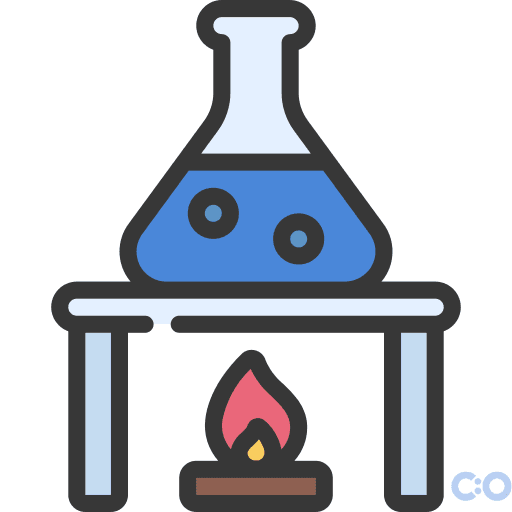

Burning is one of the oldest methods used for determining fiber class. In this test, the questioned specimen fiber is ignited over the burner. Do forensic scientists then determine the behavior of the specific fiber, such as how it burn? Does it catch fire immediately? What odor does it produce while burning? Does it continue to burn after it is removed from the flame source? What does the residue look like? And much more. It efficiently helps in identifying the specific fiber or narrows down the possibility.
Fiber is divided into five main classes: animal fibers, plant fibers, artificial fibers, reconstituted fibers, and mineral fibers. Each class has its own burning behavior as follows:
Generally, for known fibers, Multifibre fabric #43 is used. It includes specimens of spun diacetate, SEF (modacrylic), filament triacetate, bleached cotton, Creslan 61 (acrylic), Dacron 54 (polyester), Dacron 64 (polyester), Nylon 66 (polyamide), Orlon 75 (acrylic), spun silk, polypropylene (polyolefin), viscose (rayon), and worsted wool.
Some fibers are coated with oil, starch, wax, or other coating materials, which hinders the accuracy of the test. So, preliminary cleaning of the fibers (Boiling off) should be done to avoid this problem. It involves boiling fiber for a few minutes in deionized or distilled water. If simple boiling off does not work, you can also use a warm diluted solution of hydrochloric acid or sodium hydroxide (0.1M), followed by rinsing.
The burning method helps determine the fiber class or narrow down the possibility.
The burning test does not always accurately tell us about the specimen fiber. It means that questioned specimen requires other tests for efficient results.

Monday – Friday
9 AM – 5 PM EST
DISCLAIMER: ConductScience and affiliate products are NOT designed for human consumption, testing, or clinical utilization. They are designed for pre-clinical utilization only. Customers purchasing apparatus for the purposes of scientific research or veterinary care affirm adherence to applicable regulatory bodies for the country in which their research or care is conducted.